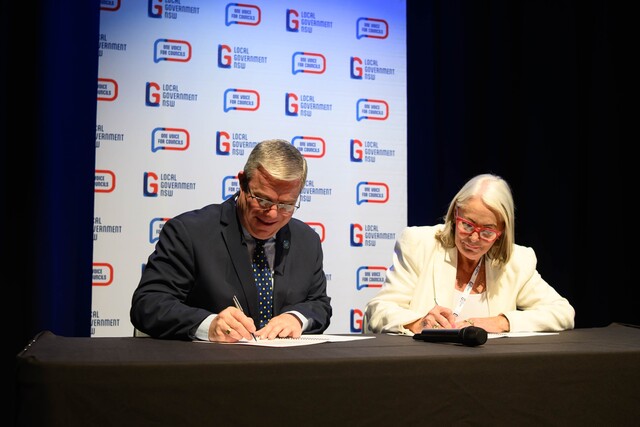A more environmentally-friendly technique for road slip stabilisation will be used by Council for the first time to restore two frequently-used roads in Tweed Shire.
Sections of Numinbah Road and Tomewin Road, damaged by landslides in the 2013 floods, will be restored using a structure that reinforces embankment slopes to prevent further road collapses, while minimising the environmental impact of the works.
Synthetic materials will be used to reinforce soil beneath the road surface and ‘soil nails’ will be drilled into the embankments to hold the material in place on the walls.
The walls will then be covered with ‘living wall bags’, filled with soil and seeds, which further reinforce the surface by encouraging vegetation and its root systems to grow over the walls.
The Geosynthetically Confined Soil (GCS) walls are faster and more economical to construct than conventional concrete retaining walls, Council’s Director of Engineering, David Oxenham, said.
“This solution combines engineering know-how with environmental ingenuity.
“This is the first time we have used this solution and as it was the most price competitive it was an easy decision to make.
“We will be very interested in the outcome and it may pave the way to solving future landslide issues in Tweed Shire.”
The Mayor of Tweed, Councillor Gary Bagnall said Tweed is faced with increasing challenges in managing erosion of all types.
“New methods and techniques of dealing with erosion are needed for a variety of reasons.
“The method we are to use on this road will be closely monitored into the future and I will be very interested in the long term outcomes.”
The restoration and stabilisation of Numinbah and Tomewin Roads is estimated to be completed in June this year.







